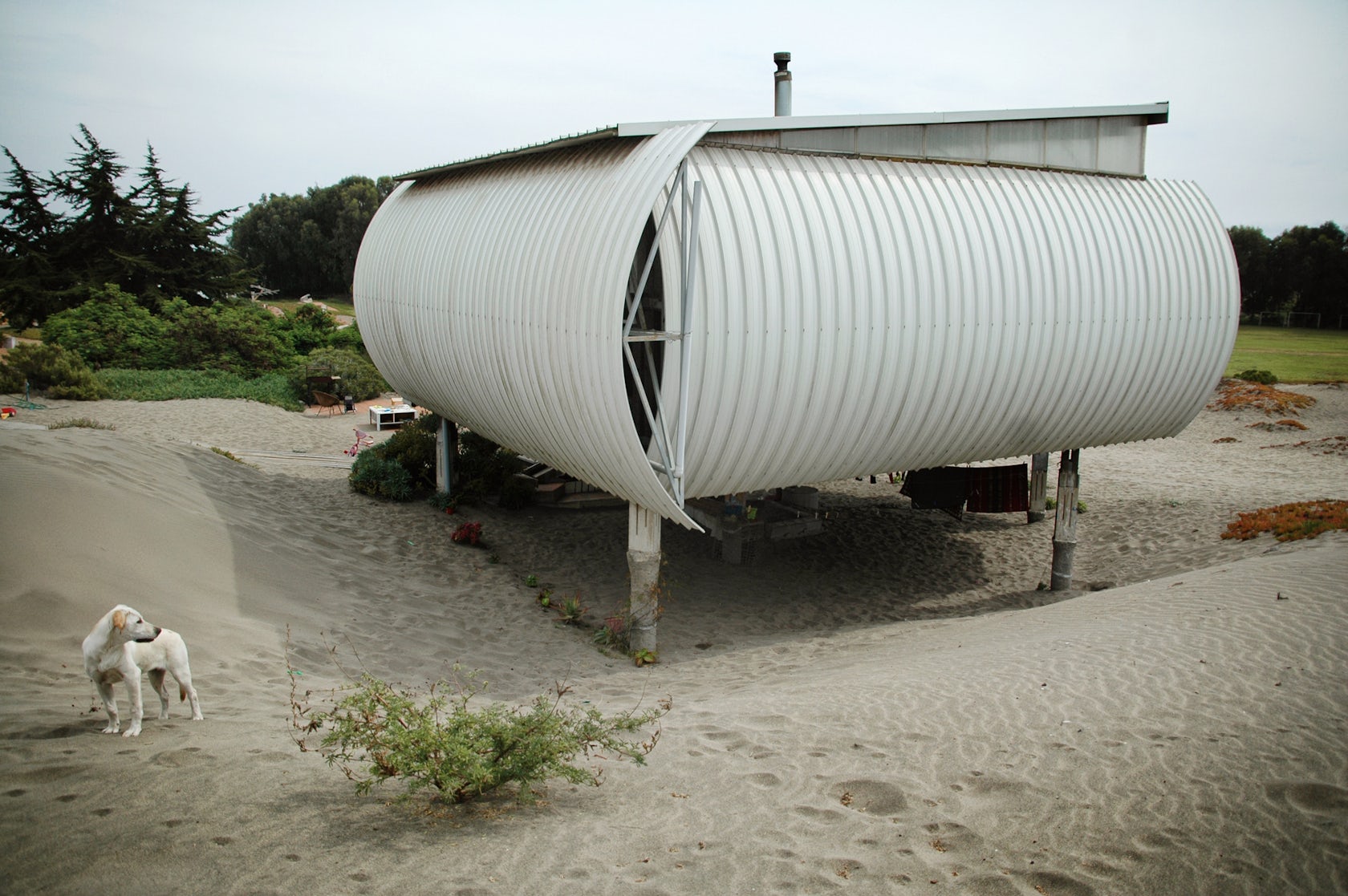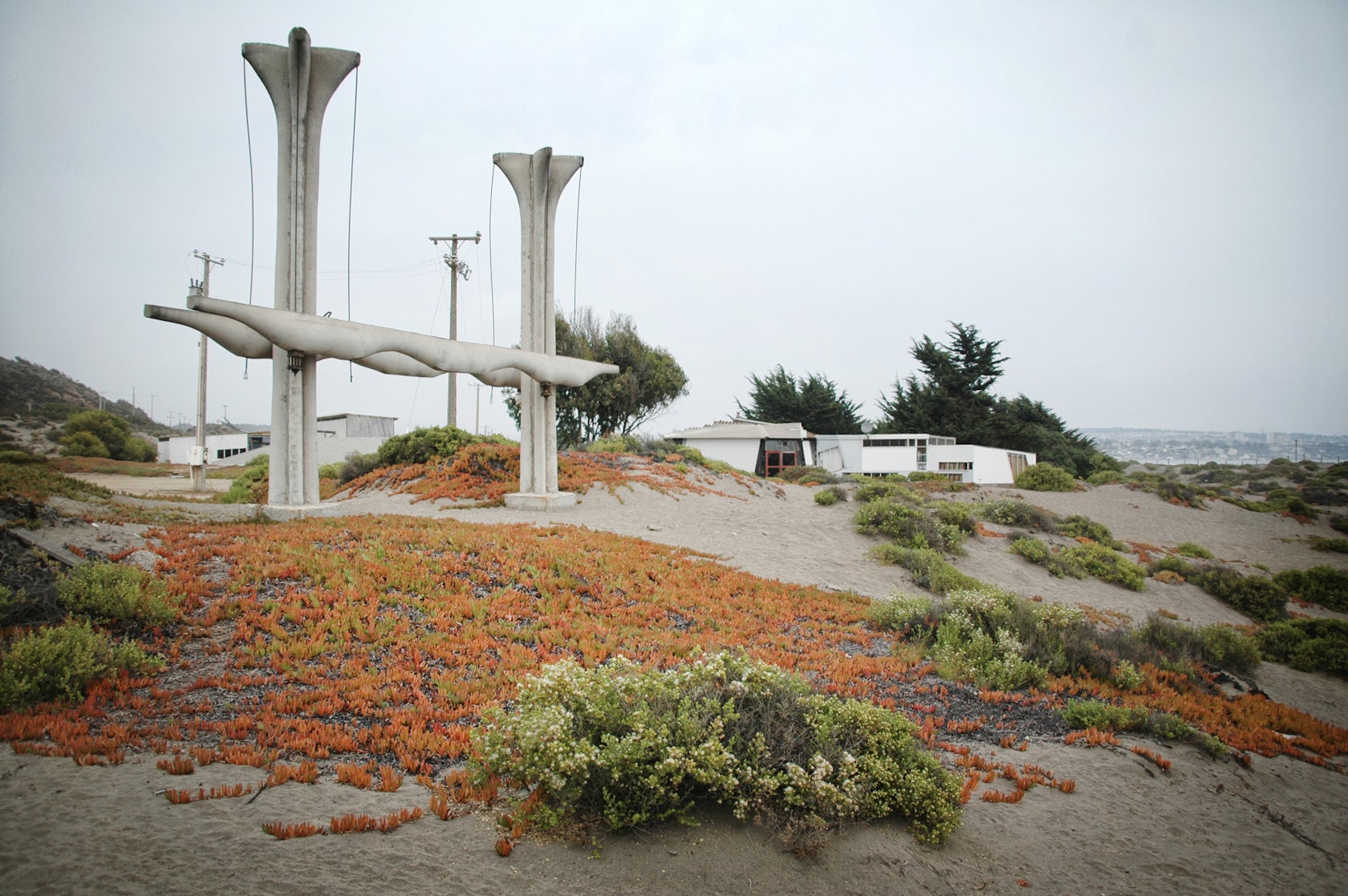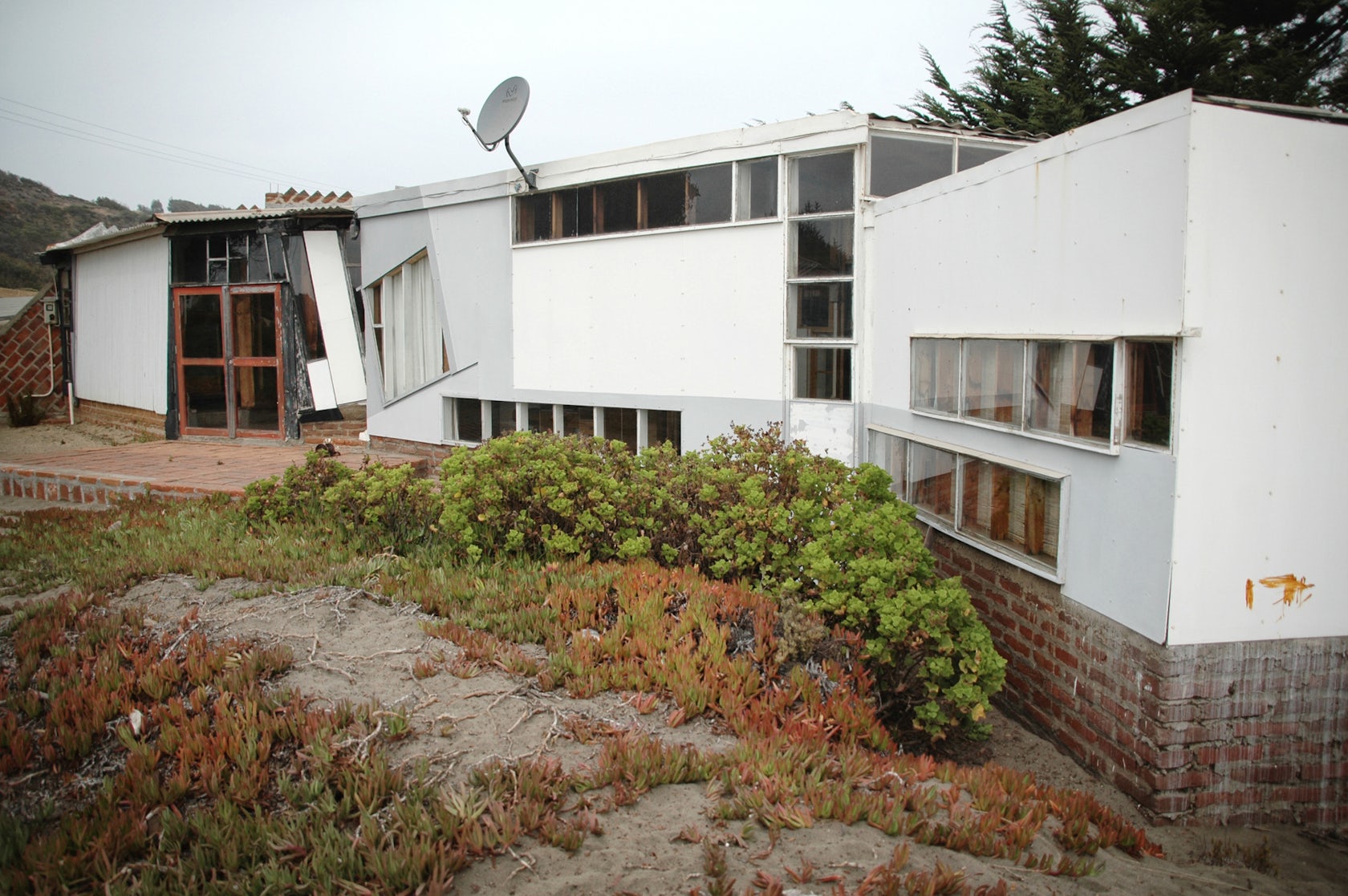Deep in the remote hills of rural Chile, there lies a brilliantly bizarre settlement with a unique history: Ciudad Abierta, or ‘Open City,’ is an ode to experimental design, formed by a group of students and teachers working at the intersection of poetry and architectural exploration. Journalist Vincenzo Latronico recently visited this surreal landscape, and described a journey full of curious discoveries for an architectural feature in Frieze Magazine.
The history of the Open City is complex: Back in the 1960s, an increasing number of artists and urban thinkers were attracted to utopian European philosophies pertaining to localism and a desire for urban populations to get back in touch with nature.


In 1967, an alliance of academics from the Catholic University at Valparaíso — including architects, researchers and poets — pooled their resources and bought a remote stretch of land on the Chilean coastline, aiming to set up an architectural incubator to explore their principles.

Built as part of the architecture curriculum at the University, the resulting structures are radical experiments that embrace ideals of communal living, the merging of public and private space, and a rigorous, resourceful utilization of local materials. The students were taught to work progressively with a combination of planning and improvisation, often resulting in startling and erratic forms, like rustic alien space capsules half-buried within the windswept hillside.

Some are completed houses, while others were left deliberately unfinished, forming sculptures that dot the landscape like mysterious remnants of a lost modernist empire. Every building responds closely to its context, defined by the subtle curving geometry of the surrounding sand dunes.


Establishing which stylistic genre the architecture of the Open City falls into is undoubtedly an impossible task, but Latronico gives it a stab, describing the structures as “Steampunk Postmodernism” or “Mies van der Rohe on LSD.”


In fact, many of the distinctive, irregular structures appear to form a precursor to the more recent wave of deconstructivism: The roof of the Hospederia de la Rosa could be the work of Frank Gehry and Daniel Libeskind, if they had they been sent back in a time machine and restricted to a material palette of driftwood and glass.


Ultimately though, the architecture of Ciudad Abierta needs no labels; it is entirely unique, and stands as a demonstration of what can be produced with a brave approach to architectural education. There is much to be learnt from the Open City…
All images © Ana Asensio. Hat-tip to Plataforma Arquitectura and AAAA Magazine





